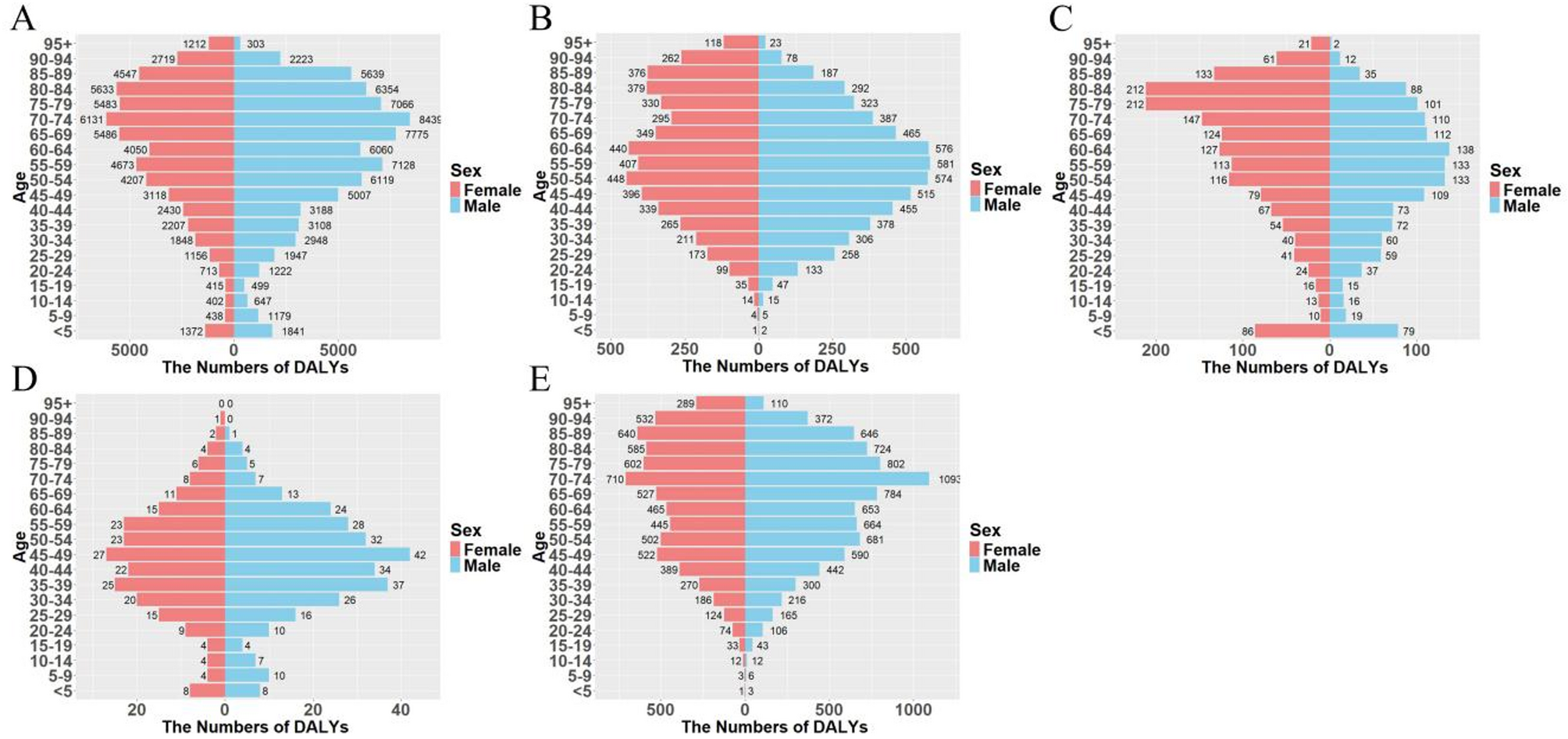This study identified significant disparities in the burden of IBD across five East Asian countries, with a distinct correlation between these variations and each country’s socioeconomic development level (SDI) level. Through comparative…
Category: 6. Health
-
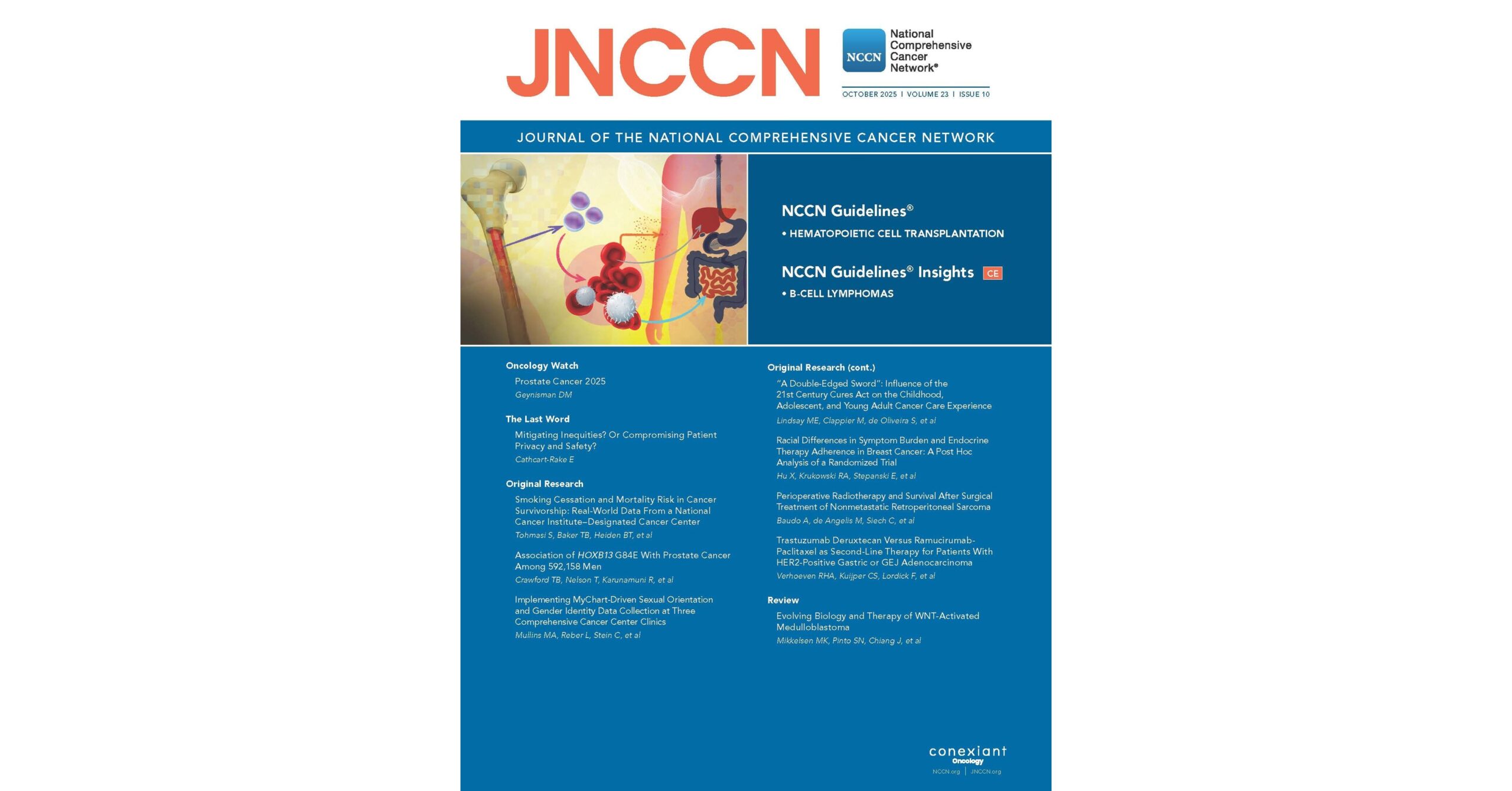
New JNCCN Study Confirms it’s ‘Never Too Late’ to See Survival Benefits from Quitting Smoking–Even With Late-Stage Cancer
Researchers found that patients with stage III or IV cancer who quit smoking gained nearly a full year of additional life over their counterparts who continued, highlighting the important role of smoking cessation support…
Continue Reading
-
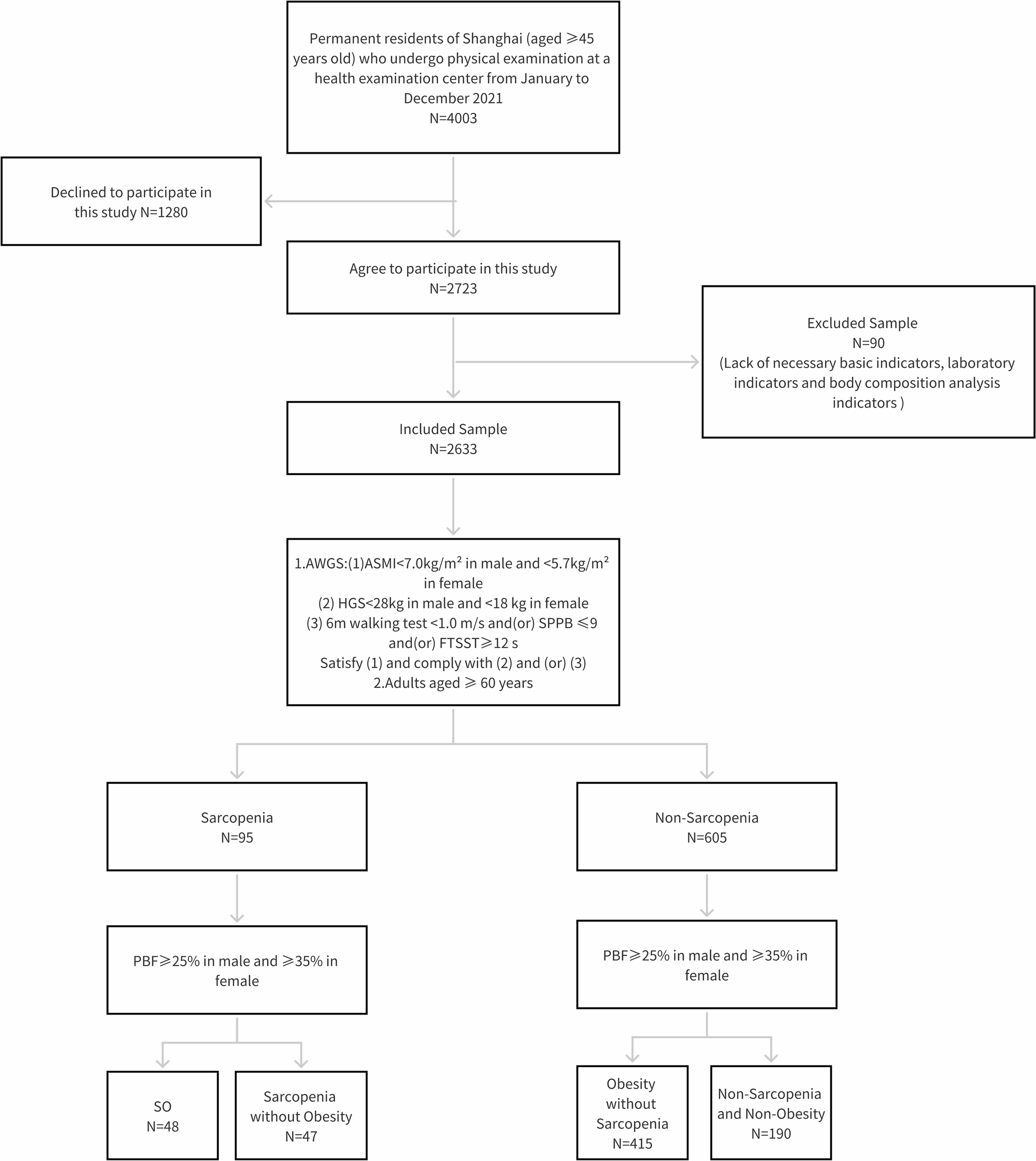
Study on body composition characteristics and influencing factors of sarcopenia status among older adults in Shanghai: a cross-sectional study | Journal of Health, Population and Nutrition
Study participants
Study design
Participants for this cross-sectional study were chosen among the attendees at a physical examination center in Shanghai using convenience sampling from July to December 2023. In order to protect patient privacy,…
Continue Reading
-
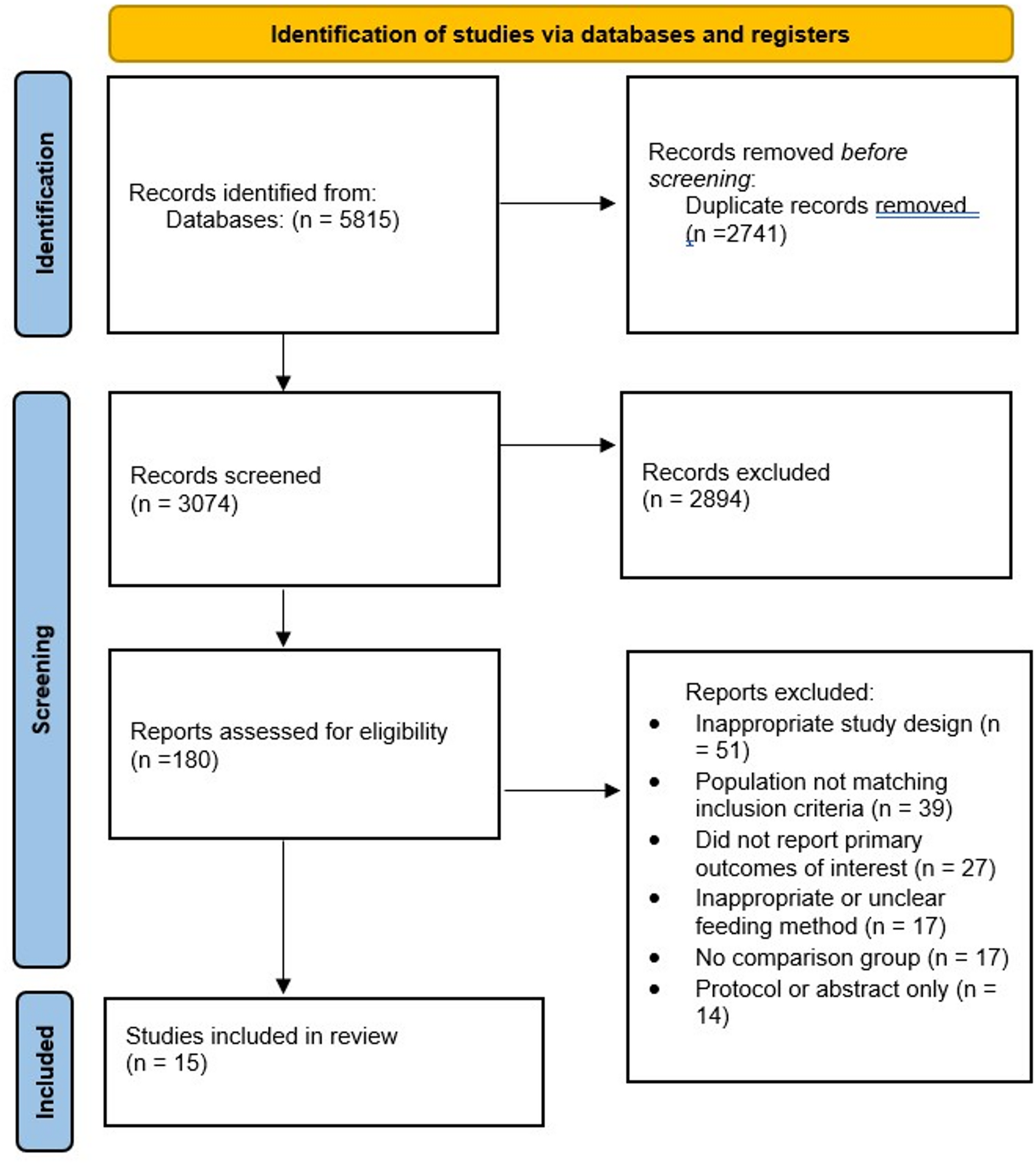
Early oral feeding after laparoscopic total gastrectomy in gastric cancer patients: a meta-analysis of randomized controlled trials and cohort studies | BMC Gastroenterology
Hospital stay duration
Fourteen studies [10, 19,20,21,22,23,24,25,26,27,28,29, 31, 32] were included to assess the effect of EOF versus TOF on the length of hospital stay (Fig. 2). A random-effects model showed a statistically significant…
Continue Reading
-
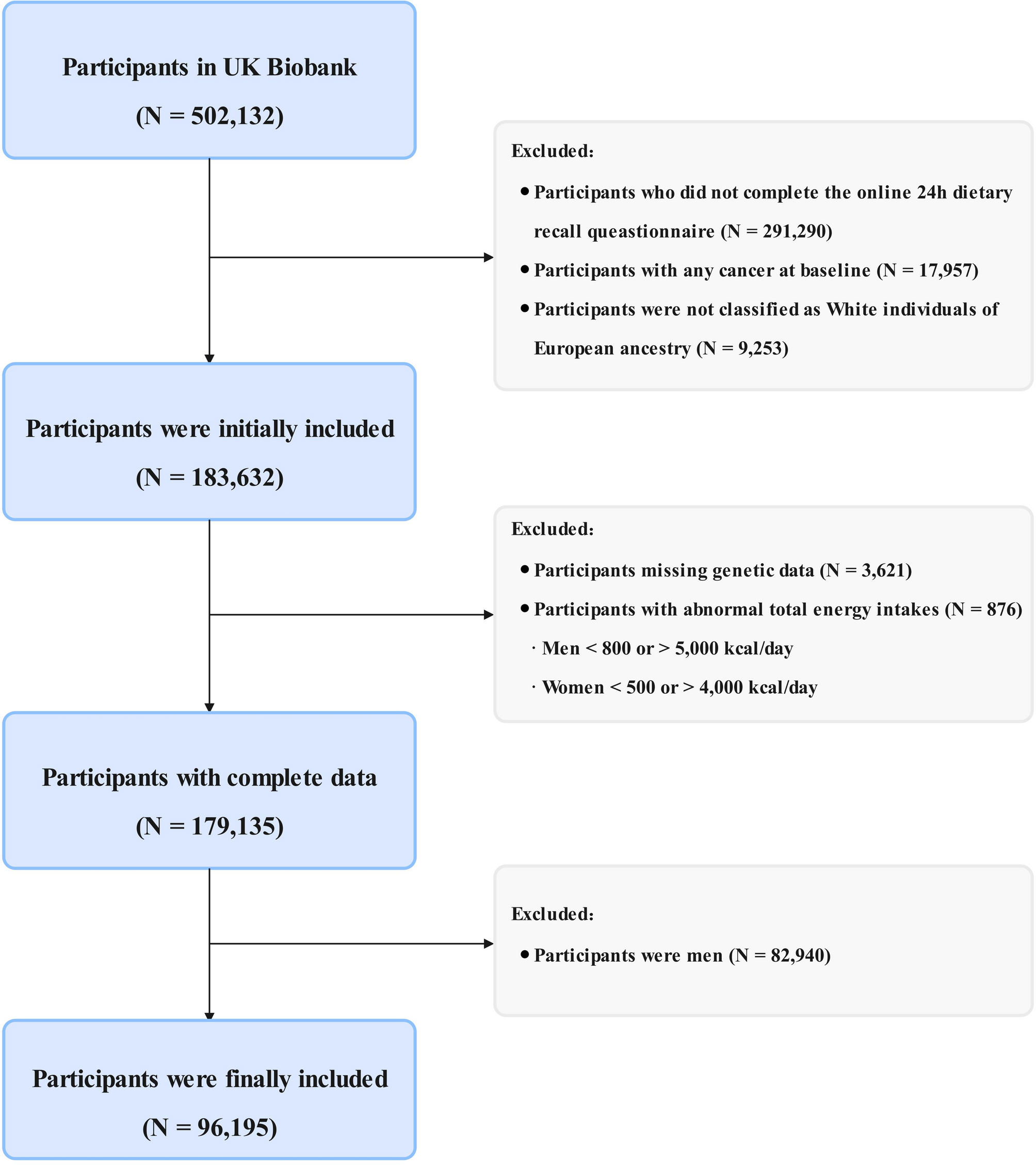
Dietary index for gut microbiota, genetic risk, and incidence of breast cancer: a prospective study | Breast Cancer Research
Study design and population
Study design and methods of UK Biobank have been reported in detail previously [17]. For this analysis, we excluded participants who did not complete the 24-hour food recall questionnaire (n = 291,290), those…
Continue Reading
-
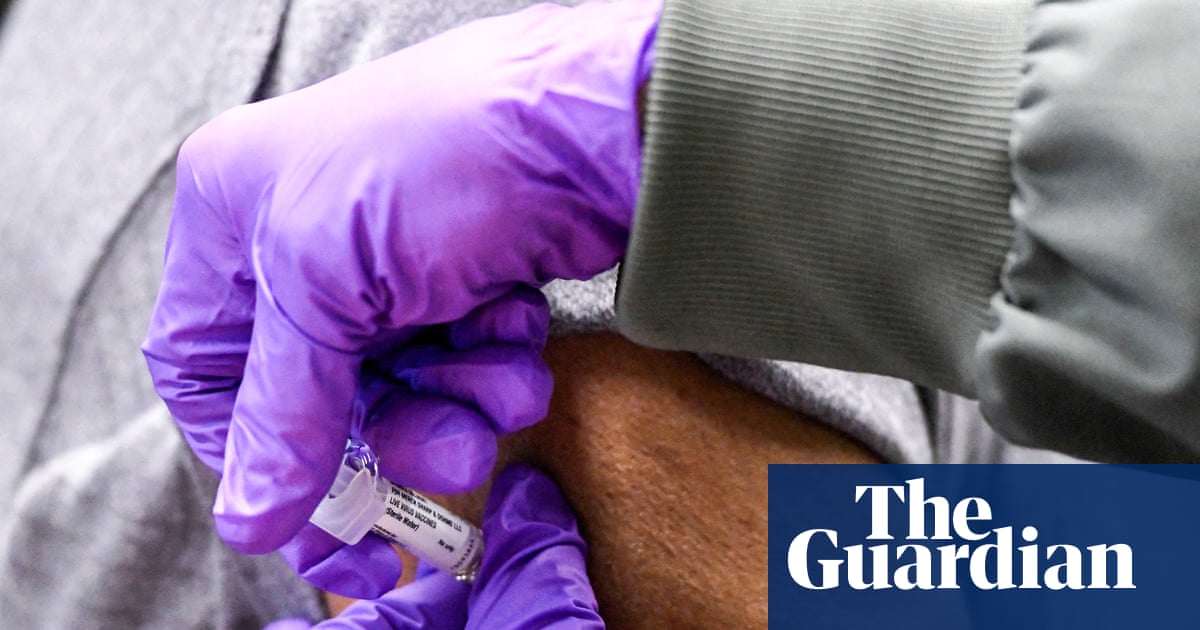
Alarm as CDC calls for separate MMR vaccines despite measles outbreak | US healthcare
The measles, mumps and rubella (MMR) vaccine is undergoing more scrutiny by the Trump administration in their ongoing reassessment of vaccines despite the worst measles outbreak in decades.
Jim O’Neill, the deputy secretary of the US Department…
Continue Reading
-

Stevia, The Natural Sugar Substitute, Could Help Keep Baldness At Bay
Stevia – the natural sugar substitute – may help boost hair loss treatment, suggests a new study in mice. Scientists developed a dissolving patch that contained a sweetener derived from the Stevia plant, which helped improve the efficacy of…
Continue Reading
-
Diabetic Teens with High Blood Sugar Have Higher Neuropathy Risk in Adulthood
BYLINE: Noah Fromson
Newswise — Poor blood sugar control in adolescence increases the risk of painful future complications for people with type 1 diabetes, research co-led by…
Continue Reading
-
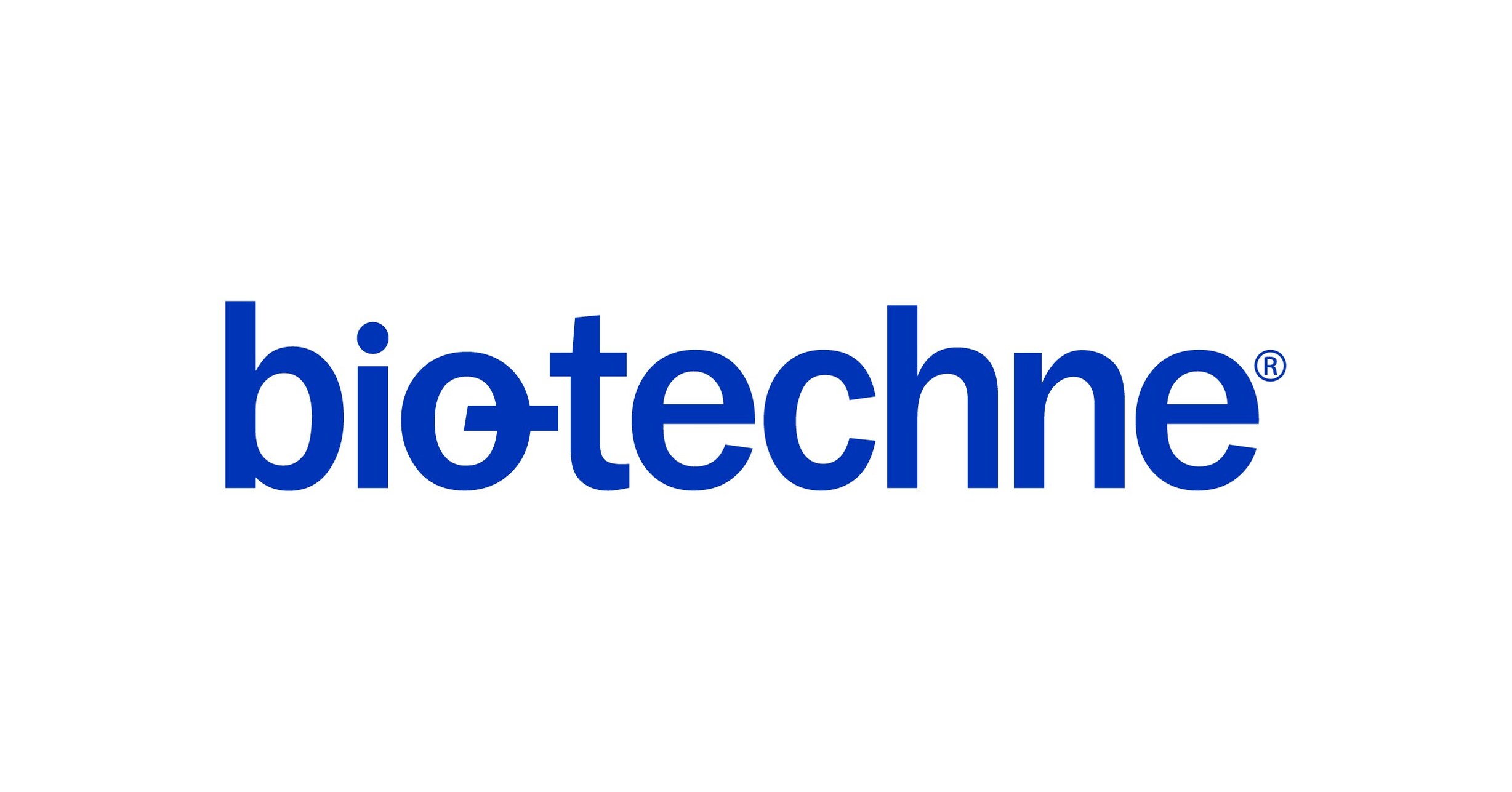
Bio-Techne and Oxford Nanopore Technologies Expand Agreement to Accelerate Development of Genetics Portfolio Through 2032
- Grants Bio-Techne expanded commercial rights to develop a portfolio of genetics products beyond the recently launched AmplideX® Nanopore Carrier Plus Kit
- Establishes a…
Continue Reading
-
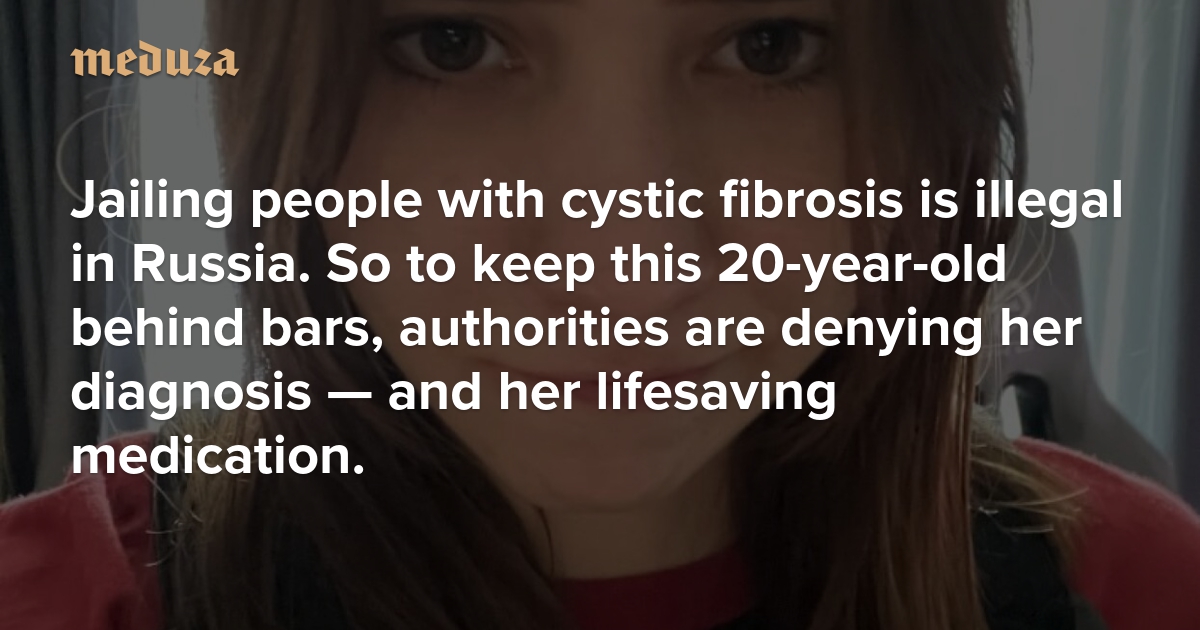
‘I don’t want to die so young’ Jailing people with cystic fibrosis is illegal in Russia. So to keep this 20-year-old behind bars, authorities are denying her diagnosis — and her lifesaving medication.
Cystic fibrosis, a life-threatening genetic disease that affects the mucous membranes in the lungs and other organs, is one of the conditions that make it illegal to imprison a person under Russian law. Nonetheless, this summer, a Moscow…
Continue Reading
